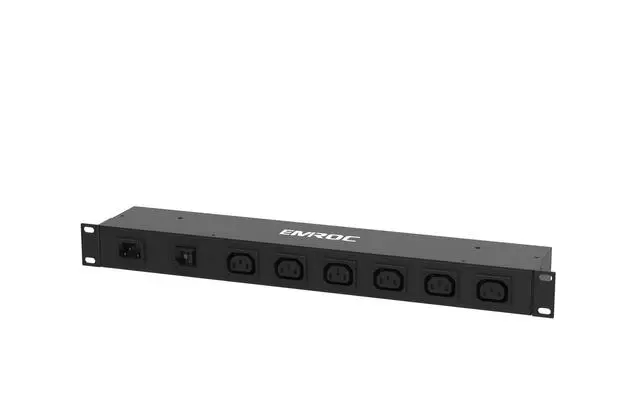Power Distribution Units (PDUs) play a pivotal role in ensuring the smooth and efficient operation of modern data centers, offices, and industrial facilities. These unassuming devices are responsible for managing and distributing electrical power to a variety of equipment, from servers and networking devices to office appliances and manufacturing machines. In this article, we will delve into the world of PDUs, exploring their types, functions, benefits, and best practices for their usage.

Types of PDUs PDUs come in several types, each tailored to specific needs and environments. The main categories of PDUs are: Basic PDUs: These are the simplest form of PDUs, providing power distribution without any advanced features. They are ideal for small setups where basic power distribution is sufficient. Metered PDUs: Metered PDUs offer the ability to monitor power consumption. They provide valuable insights into energy usage, helping organizations optimize their power usage for efficiency and cost savings. Switched PDUs: Switched PDUs not only monitor power consumption but also allow remote control of outlets. This remote management capability is especially valuable for data center operators who need to reset or cycle power to devices without physical access. Monitored or Smart PDUs: These PDUs combine metering and monitoring capabilities. They provide real-time data on power usage and environmental conditions, allowing for proactive management and maintenance. Rack-Mount PDUs: Designed to fit into server racks, these PDUs are space-efficient and provide power distribution for rack-mounted equipment. Floor-Mount PDUs: Floor-mounted PDUs are suitable for industrial settings, offering robust power distribution solutions for heavy machinery and equipment. Functions of PDUs PDUs serve several critical functions in power management: Power Distribution: The primary role of a PDU is to distribute electrical power from a source (e.g., a UPS or generator) to multiple devices or equipment. Load Balancing: PDUs help balance the load among different circuits to prevent overloading and ensure consistent power delivery. Remote Monitoring: Many PDUs offer remote monitoring capabilities, allowing administrators to track power usage, voltage, and temperature in real-time. Outlet Control: Switched PDUs enable remote outlet control, which can be vital for remotely rebooting devices or managing power during maintenance. Environmental Monitoring: Some PDUs come with sensors to monitor environmental conditions like temperature and humidity, helping prevent equipment damage due to adverse conditions. Benefits of Using PDUs The use of PDUs provides several benefits: Improved Reliability: By distributing power efficiently and monitoring for potential issues, PDUs enhance the reliability of electrical systems, reducing downtime. Energy Efficiency: Metered and monitored PDUs help organizations identify energy waste and implement measures to reduce consumption, leading to cost savings and environmental benefits. Remote Management: The remote control and monitoring capabilities of some PDUs simplify maintenance and troubleshooting, reducing the need for on-site visits. Scalability: PDUs can be easily scaled to accommodate growing power needs, making them a flexible solution for businesses and data centers. Best Practices for PDU Usage To maximize the benefits of PDUs, consider the following best practices: Proper Sizing: Ensure the PDU’s capacity matches the load requirements of connected equipment, preventing overloads. Redundancy: Implement redundancy for critical PDUs to minimize the risk of power interruptions. Regular Maintenance: Periodically inspect and maintain PDUs to prevent issues and extend their lifespan. Monitoring and Alerts: Configure monitoring and alert systems to promptly respond to power or environmental anomalies. Security: Secure remote access to PDUs to prevent unauthorized control or monitoring. In conclusion, Power Distribution Units (PDUs) are essential components in modern electrical systems, offering a range of features and benefits that enhance power management, reliability, and efficiency. By understanding the types and functions of PDUs and implementing best practices in their usage, organizations can ensure the uninterrupted operation of critical equipment and optimize their power resources.